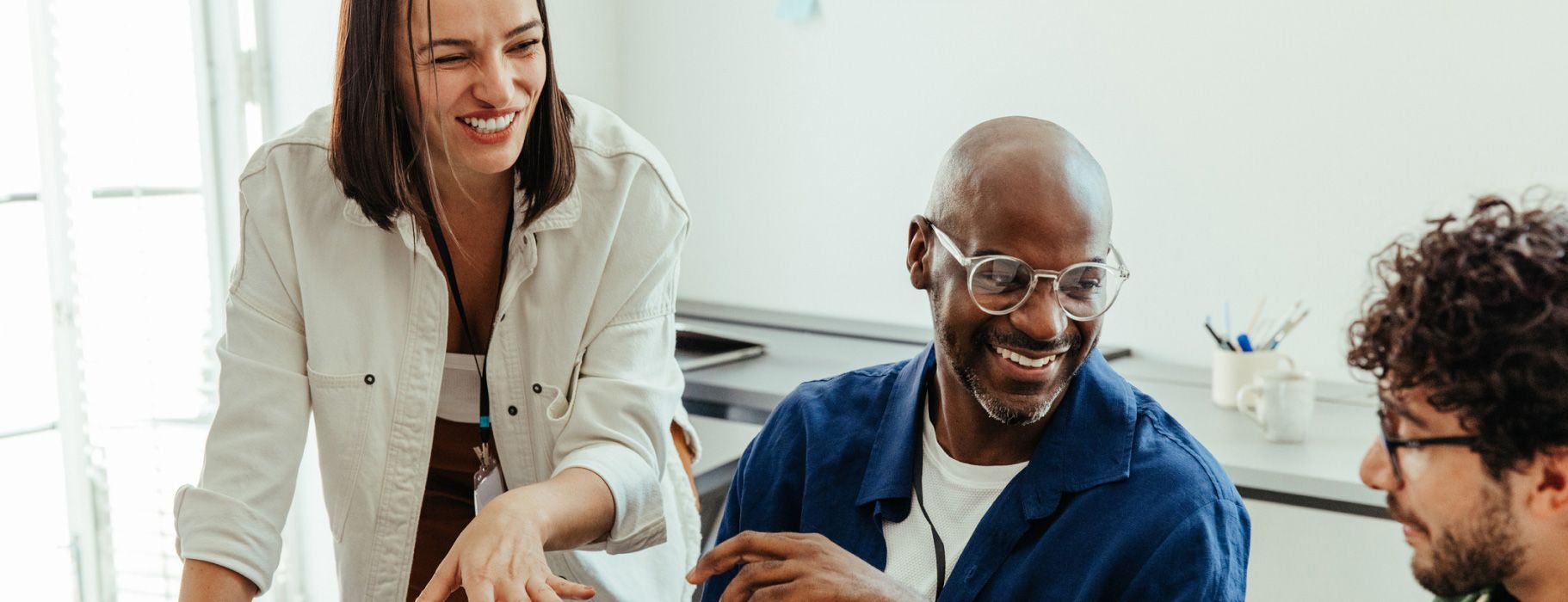Methods for Developing Student Feedback Literacy

We are constantly exposed to feedback at nearly every moment in our lives. Yet our ability to give and receive feedback – and do both well – is a critical skill that doesn’t come easily.“ There are two problems with feedback,” says Professor David Carless during his keynote address at the Bluenotes GLOBAL conference. “We’re not very good at giving feedback. We’re not very good at dealing with feedback.”
Carless, who works in the Faculty of Education at the University of Hong Kong, specializes in improving student learning through feedback. A renowned specialist in feedback research and practice in Higher Education, Carless focuses on teacher and student feedback literacy to enhance the impact of feedback processes. He defines student feedback literacy as follows:
Student feedback literacy is the know-how, skills, capacity, dispositions, attitudes, and mindsets to make use of data for the purpose of continuous improvement.
“Good feedback is a dialogue,” Carless continues during his speech. “Anything that can begin a dialogue between instructors and students is a good way forward.”
Below are some methods that will help foster student feedback literacy at your university or college.
Start Student feedback Literacy from Day 1
While course evaluations are essential for optimizing the teaching and learning experience, ongoing feedback is critical to student success. However, there remain challenges in the classroom around the development of student feedback literacy. These challenges include difficulties interpreting feedback and needing more engagement, strategy, and organization (Evans, 2013; Winstone et al., 2017).
If feedback is to support learning, it needs to become a classroom practice that starts from the first day of class. It must be an integral part of the curriculum, like lab hours are for a chemistry course. Instructors can start small by asking students questions about their learning expectations on day one. This will help build trust – an essential factor in the feedback process -promote collaboration within the classroom, and allow students to become familiar with feedback.
“Instructors can also explain how previous student feedback has influenced their course design,” Carless states during his address. Sharing course evaluation data from previous students and demonstrating how that feedback was used to improve the current course content will make students more willing to complete course evaluation forms come the end of the term.
Explicitly teach student feedback literacy
Educators should dedicate time to explicitly teach students about the purpose, value, and different types of feedback. This includes discussing the characteristics of constructive feedback, how to interpret feedback and strategies for applying feedback to improve their work. Here are some steps that are required for proper feedback literacy:
- Model effective feedback
- Encourage self-reflection
- Provide timely feedback
- Foster a growth mindset through feedback
- Develop peer feedback skills
- Promote dialogue around feedback
Integration of feedback technology in the classroom
Recent years have seen a growing trend of technology in the classroom. Now more than ever, instructors and students can directly collaborate on teaching activities. Yet, most instructors use these tools to do the same tasks they would do without the technology. We have the power of technology that allows us to stay connected in ways we never imagined.
What if every instructor embraced technology as a platform for ongoing feedback? A place where they can connect with students and vice versa at any point throughout the educational experience. Now instructors – and the institution– can get the insights they need to make impactful changes throughout the student experience. In the classroom, feedback technology like pulse surveys and midterm reviews – allows us to approach feedback as a dialogue rather than the traditional approach – from teacher to student. This will enable students to take some responsibility for their learning while instilling new ways of thinking about feedback.
What if every instructor embraced technology as a platform for ongoing feedback? A place where they can connect with students and vice versa at any point throughout the educational experience.
Feedback beyond the classroom
The literature has emphasized that much student experience happens outside the classroom. Therefore, if Higher Education Institutions want to improve student feedback literacy, they need to have in place strategies aimed at engaging students even when they are no longer in class. Feedback must become a part of the institution-wide culture and beyond for students to be comfortable giving and receiving it. That means making it more accessible and helpful to students.
Interactions play a vital role in the student’s experience. Each touchpoint with the institution – whether through academic advising, library services, cafeteria, athletics, housing, etc. – leaves an impression and is an opportunity to capture student experience data that can be used to drive improvement. However, students use many informal channels to discuss their experiences with their universities. Feedback on social media, review sites, and intranets is just as crucial in understanding and optimizing the student experience. But how can institutions capture that feedback and, more importantly, turn it into actionable insights for improvement?
Explorance MLY allows stakeholders at the institution to transform comments into data-driven actionable insights through specialized machine learning models trained on real student feedback. More importantly, Explorance MLY is feedback source-agnostic, meaning it can decipher feedback from internal or external sources.
Remember that developing student feedback literacy is an ongoing process. It requires consistent effort and reinforcement throughout the academic year to help students become more adept at understanding, interpreting, and utilizing feedback to improve their learning.
References:
Carless, D. (2019). Feedback Literacy is a key to ongoing improvement. Keynote, August 6, 2019. Bluenotes GLOBAL conference 2020. Chicago, IL.
Winstone, N. & Carless, D. (2019, in press). Designing effective feedback processes in higher education: A learning-focused approach. London: Routledge.
